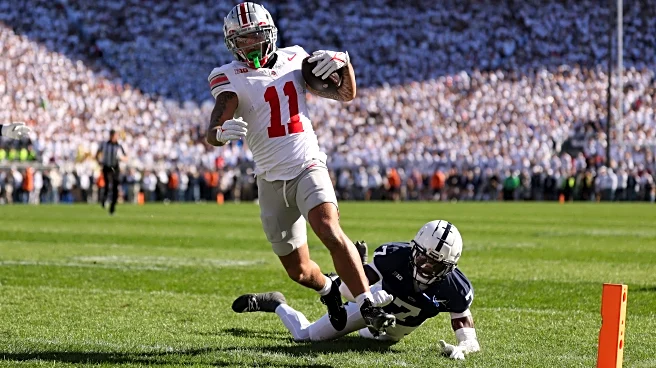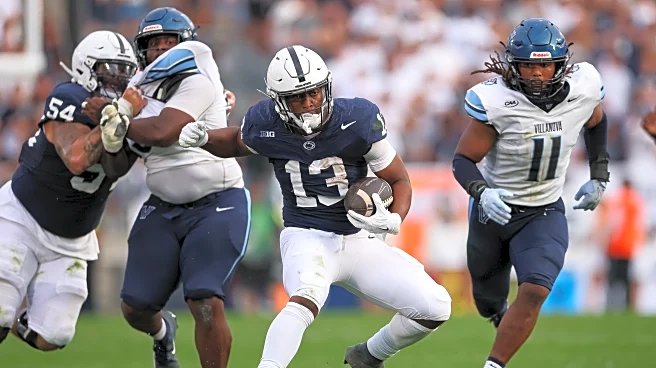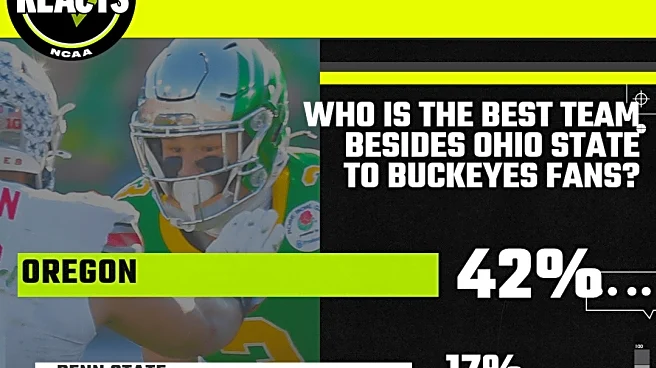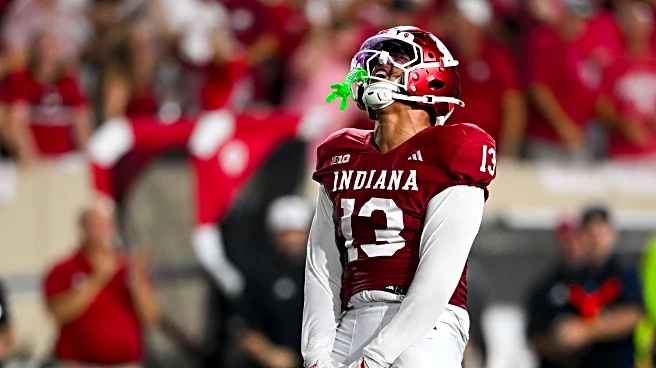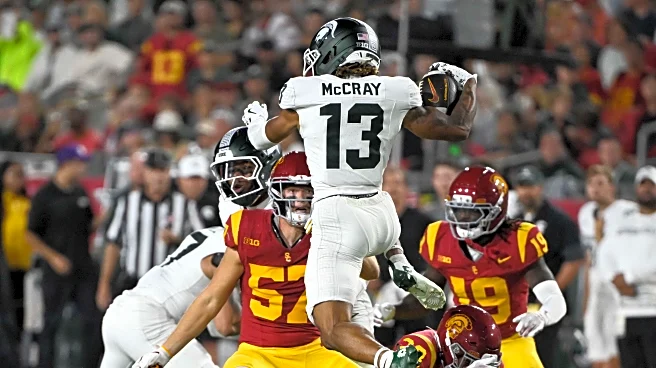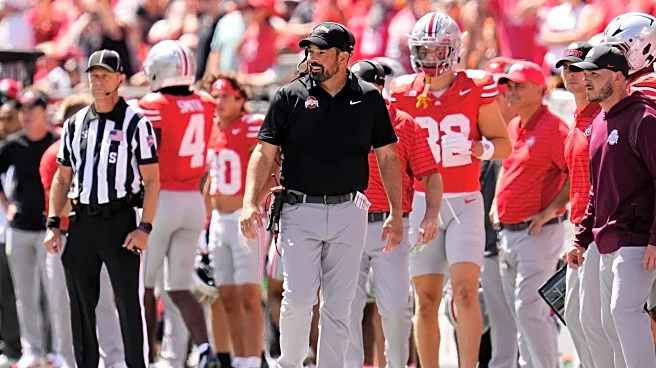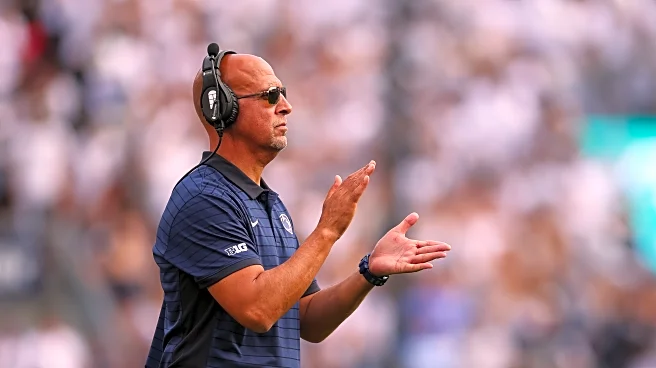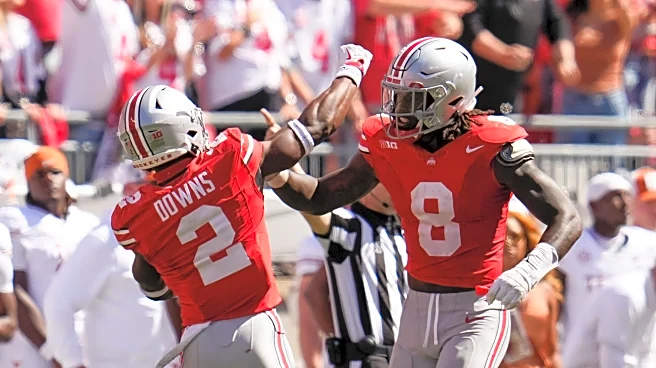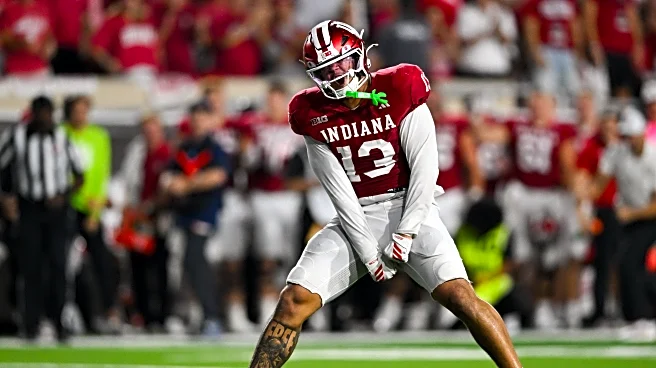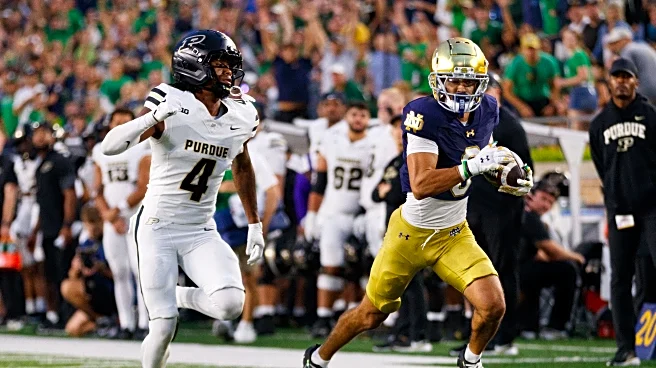Ohio State and Penn State entered the 2025 season not simply as conference foes but as co-frontrunners for the national championship. Both sit inside the top three of the national polls, both opened 3–0, and both arrive at the traditional start of the Big Ten season carrying weighty expectations.
A historically lopsided series becoming a year-in-year-out collision between two national contenders is what turns polite familiarity into a rivalry that matters beyond the scoreboard. Ohio State still leads
the all-time series, but the texture of these games has changed. Penn State now has the roster, the recruiting momentum, and the schematic firepower to make every meeting feel like a season-defining test.
Why this feels different now boils down to three connected realities: personnel and coaching movement, recruiting success, and on-field parity at the highest levels. Those three forces together have turned what used to be an occasionally heated Big Ten game into a matchup that carries major national stakes every time the schedule pairs up the teams.

Coaching and schematic escalation: Knowles, Patricia, and chess pieces that matter
The offseason’s biggest provocation to the rivalry came off the field. Penn State lured Jim Knowles away from Ohio State to run its defense on a blockbuster contract, and Ohio State answered by bringing in high-profile NFL veteran Matt Patricia to run its defense.
Knowles’ move is more than a payroll headline; it’s a transfer of institutional knowledge. He helped architect Ohio State’s top-of-the-country defense, and his familiarity with personnel, tendencies, and blueprinting at Columbus gives Penn State an unusual schematic window into the way Ryan Day’s teams are constructed. Ohio State’s counter, hiring Patricia and reshaping coordinator roles, converts the matchup into high-stakes coaching chess, where adjustments, temp,o and cross-staff knowledge materially affect outcomes. That coaching tug-of-war tightens every meeting’s margin for error.
Quarterbacks, weapons, and matchup narratives
On paper, the headlines read like a classic marquee drawing. Penn State’s Drew Allar, a 6’5″ prototype who finished 2024 with big numbers and remains a precise, pro-quality passer, versus Ohio State’s sophomore Julian Sayin, the quick-release, high-efficiency passer who stepped into the post-title offense and has already shown he can stretch the field and protect the football.
Through three games in 2025, the numbers back the narratives. Allar’s production and efficiency help Penn State sustain drives and pace the team’s attack, while Sayin’s early-season big-play capability and Ohio State’s elite skill-position corps keep the Buckeyes explosive on any given snap.
When two offenses that can flip a game in five plays meet, and both defenses are coached by coordinators who understand the opponent and matchup intimately, the result is a matchup where a single turnover or special-teams swing is amplified.
Recruiting: the long game becomes a weekly storyline
Penn State’s recruiting trajectory under James Franklin has been upward, the Nittany Lions’ 2026 haul sits near the top nationally, and the program has re-established itself as a national player in talent acquisition, closing space on blue-chip prey that once seemed squarely Ohio State’s to lose.
Ohio State’s brand, NFL pipeline, and recent national title sustain its pull, but the landscape is tighter. Penn State now routinely hosts the sort of White Out weekends that bring dozens of top prospects to Happy Valley and turn gameday into a recruiting event.
Recruiting proximity and momentum matter. When recruits see Penn State converting high-end targets and showing a clear path to winning and NFL development, it erodes the Buckeye monopoly on regional and national stars. That dynamic has a real, measurable impact year to year, and it creates more head-to-head battles on the trail than in decades past.
The on-field evidence: parity creeping into the margins
Ohio State still owns the series, a tangible historical advantage, and carried the program’s national title into 2025 with the recruiting and roster momentum that usually ensures consistent success. But looking at the results, the gap is smaller than the aggregate series suggests. Recent seasons have seen Penn State rehearse championship-caliber weeks and top-10 wins.
Penn State’s early 2025 performance (a 3–0 start and a top-three ranking) is evidence that the program’s ceiling sits near Ohio State’s. Conversely, Ohio State’s depth, championship pedigree, and the return of elite playmakers mean that the Buckeyes rarely lose control of a game’s narrative.
Put another way, these programs no longer oscillate between blowouts and blowups; they wage tightly contested, strategic fights where coaching and preparation decide games as often as talent does.

What this rivalry means for the Big Ten and beyond
Rivalries are rarely born from a single game; they take root through sustained competition. Penn State’s steady climb, built on recruiting wins, bold coaching hires, quarterback stability, and national-stage scheduling, has pushed this matchup into rivalry territory. With the Big Ten now spanning coast to coast and featuring more heavyweight programs, every top-tier showdown carries major weight in the standings and in perception.
For Ohio State, Michigan will always be the defining rival, but Penn State has evolved into the annual measuring stick for whether Ryan Day’s program can consistently maintain championship form.
For Penn State, the stakes are just as clear: beat Ohio State often enough and you don’t just win games, you shift recruiting battles, alter fundraising momentum, and reshape how the program is seen nationally.
Key things to watch, short-term and long-term
- Coordinator matchups. Knowles will bring the Ohio State film to Penn State. Ohio State’s Patricia era will be a test of how quickly the Buckeyes retool defensively. The tactical adjustments matter.
- Quarterback duels and turnover margins. When Allar and Sayin have clean games, the winner will be the team that wins the battle for short-yardage and red-zone efficiency.
- Recruiting swing names. Watch which program lands the blue-chip 2026/2027 targets down the line. Wins on the trail yield roster depth years later.
- White Out vs Ohio Stadium pageantry. Home-field advantages will keep the series competitive year to year; neither team can ignore the recruiting and momentum dividends of winning at home.
The verdict: not quite The Game, yet, but rising fast
Michigan-Ohio State will always be college football’s fiercest regional rivalry by history and cultural gravity. But rivalry status isn’t a single-slot trophy; it’s a tiered ecosystem. Penn State has moved from occasional spoiler to the Buckeyes’ most consistent, credible challenger outside Ann Arbor.
That shift matters because it changes expectations. Ohio State can no longer treat an October date with Penn State as a routine box to check. Penn State is now a calendar event that can, if the Nittany Lions win enough high-leverage matchups, reshape where championships are decided.
In 2025, with both programs ranked among the nation’s best, the Ohio State-Penn State game has become must-watch college football, and the rivalry’s next chapter is being written in real time.
